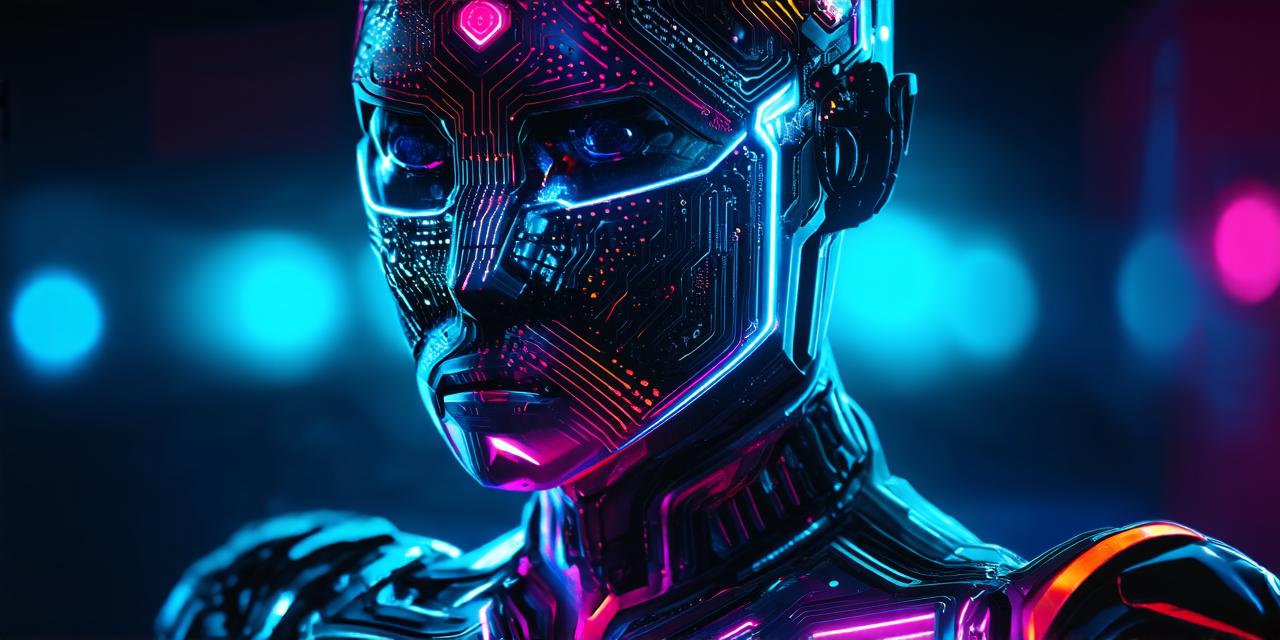Table of Contents
- Introduction
- Getting Started: What You Need to Know
- Virtual Reality Development Process
- Best Practices for VR Development
- Conclusion
Introduction
Virtual reality (VR) is an exciting and rapidly growing field that offers developers the opportunity to create immersive, interactive experiences that can change the way we interact with technology.
Getting Started: What You Need to Know
Hardware Requirements
The hardware requirements for VR development can vary depending on your goals and budget. However, there are a few key components that you’ll need in order to get started with VR development:
- Computer: While you don’t necessarily need a powerful computer to develop VR experiences, you will need a computer with sufficient processing power and memory to handle the demands of VR development. Ideally, you should have at least an Intel Core i5 or i7 processor with 8GB of RAM or more.
- Graphics Card: The graphics card is one of the most important components for VR development, as it determines how smoothly your VR experiences will run. You’ll need a dedicated graphics card that supports at least DirectX 11 or later in order to create high-quality VR experiences.
- VR Headset: Finally, you’ll need a VR headset in order to test your VR experiences. There are many different VR headsets available on the market, ranging from low-end options like the Google Cardboard to high-end models like the Oculus Rift and HTC Vive. When choosing a VR headset, consider factors like resolution, field of view, and tracking accuracy.
Software Requirements
In addition to hardware, you’ll also need software in order to develop VR experiences. There are many different tools and platforms available for VR development, including game engines like Unity and Unreal Engine, as well as specialized VR development frameworks like A-Frame and Babylon.js.
Development Platforms
There are many different platforms that you can use to develop VR experiences, depending on your goals and preferences. Some popular options include:
- Windows Virtual Desktop
- Oculus Rift
- HTC Vive
- Google Daydream
- Samsung Gear VR
Virtual Reality Development Process
Design and Prototyping
The first step in the VR development process is to design and prototype your experience. This involves creating a rough sketch of what your experience will look like, as well as testing out different ideas and concepts to see which one works best. There are many different tools and software options available for designing and prototyping VR experiences, including 3D modeling software, game engines, and virtual reality authoring platforms.
Programming and Scripting
Once you have a design and prototype for your VR experience, the next step is to start programming and scripting. This involves writing code that will bring your design to life, creating interactive elements and adding other features as needed. There are many different programming languages and tools available for VR development, including C, Java, and Python.
Testing and Debugging
After you’ve written your code, the next step is to test and debug it to make sure everything is working correctly. This involves testing your VR experience on a variety of devices and platforms, as well as using specialized tools and software to identify and fix any bugs or issues that arise.
Deployment
Once you’ve tested and debugged your VR experience, the final step is to deploy it to the appropriate platform(s). This involves uploading your code to the appropriate platform, configuring settings and preferences as needed, and then making your VR experience available to users.
Best Practices for VR Development
Optimization Techniques
One of the most important considerations for VR development is optimization. Since VR experiences can be incredibly demanding on hardware resources, it’s essential to optimize your code and assets in order to ensure smooth performance and minimize lag. Some best practices for optimizing VR experiences include:
- Using efficient data structures and algorithms
- Minimizing the number of draw calls and texture changes
- Reducing the number of particles and other visual effects
- Compressing textures and other assets to reduce file size
User Experience (UX) Design
Another important consideration for VR development is user experience (UX) design. Since VR experiences can be incredibly immersive, it’s essential to create a design that is intuitive, easy to use, and enjoyable for users. Some best practices for UX design in VR include:
- Keeping the interface simple and intuitive
- Providing clear and concise instructions
- Using natural interactions and movements wherever possible
- Ensuring that the experience is comfortable and safe for users
Safety and Comfort Considerations
Finally, it’s essential to consider safety and comfort when developing VR experiences. Since VR can be quite physically demanding, it’s important to design your experience in a way that minimizes discomfort and ensures that users are safe while using your product. Some best practices for ensuring safety and comfort in VR development include:
- Providing comfortable seating and controllers
- Ensuring that the environment is well-lit and free of tripping hazards
- Limiting the amount of movement required during the experience
- Providing clear instructions on how to use the experience safely
Conclusion
Developing VR experiences can be a challenging and rewarding process, with many different tools, platforms, and considerations to take into account. By following best practices for design, programming, optimization, and UX, you can create a high-quality VR experience that is both enjoyable and safe for users.
